Best Simple Architectural Design in Pakistan
Introduction:
Simple architectural design: Simplicity in architecture is often the key to timeless elegance and functionality. When building residential, commercial, or public buildings, using simplicity in architecture can improve the use of space and enhance user experience and beauty. In this guide, we dive into the concepts and techniques for creating simple architecture, exploring the key elements that define architectural simplicity.
Understanding Functionality:
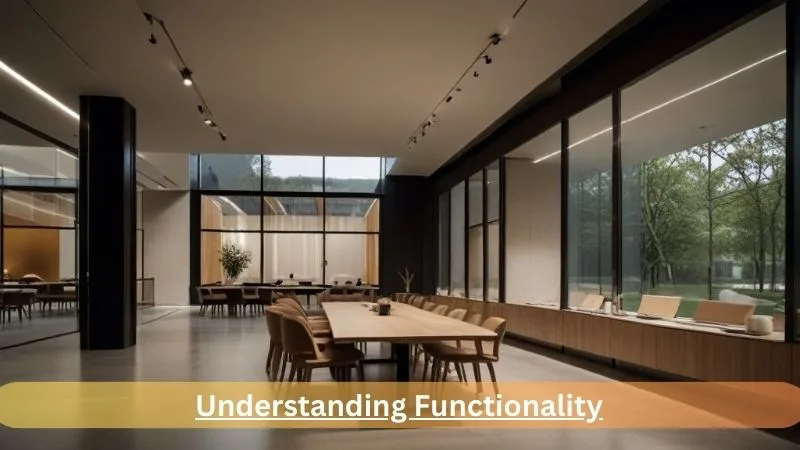
The basis of simple architecture lies in a deep understanding of work. Architects must prioritize using space or structure to ensure each design has a practical purpose. Architects can simplify the design process by focusing on functionality and eliminating unnecessary.
Embracing Minimalism:
Minimalism is the principle of simple architecture. Architects can create clean, orderly spaces that promote peace and clarity by eliminating clutter and unnecessary decoration. Minimalist architecture uses simple materials, neutral colors, and natural light to achieve beauty.
Prioritizing Space Planning:
Good space planning is essential to create a simple home design that maximizes efficiency and flow. Architects must carefully consider the location requirements of each space in the building to ensure that the space is well organized and the transition of space is seamless [Simple architectural design]. Even in a compact environment, thoughtful space planning will increase functionality and create open-mindedness.
Also Read: Best Architectural Design Services in Pakistan
Incorporating Natural Light:
Natural light is a creative energy that can influence mood and display the expanse of space. When building a simple house, architects must install windows, skylights, etc. It should give priority to the integration of light coming from the placed windows into the opening. Using natural light reduces the need for lighting, creates a connection to the outdoors, and increases overall well-being.
Encourage Connection to the outdoors:
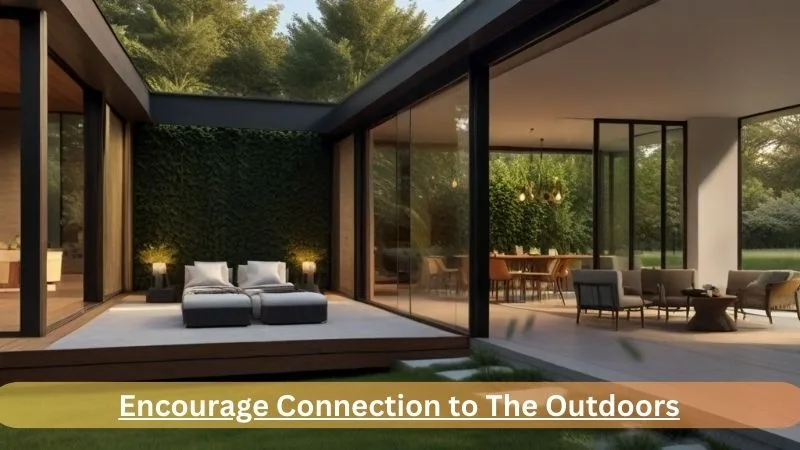
Simple architectural design aims to blur the boundaries between outdoor and indoor areas and promote a seamless connection with the outdoors. Designers can add large windows, sliding glass doors, and outdoor spaces. Architects can create spacious, quiet, and environmentally compatible spaces by integrating these into the built environment.
Utilizing Sustainable Materials:
Sustainability is the fundamental principle of simple building design, including environmental and economic considerations. Architects should prioritize using sustainable materials and construction methods that minimize environmental impact and maximize resource efficiency. Incorporating sustainable elements into the design, from recycled materials to local wood, reduces the building’s carbon footprint and enhances its longevity.
Employing Modular Construction:
Modular construction offers a way to simplify building and construction. By prefabricating building components off-site and assembling them on-site, architects can shorten construction time, reduce waste, and achieve accurate design. Modular construction offers flexibility and scalability, making it ideal for projects with changing needs or constraints.
Embracing Flexibility and Adaptability:
Simple architecture should prioritize change and adapt to customer needs and preferences over time. Architects must create spaces that can be easily recycled or reconfigured as needs change, whether a home, an office, or a community space [Simple architectural design]. Designers can prove their designs and ensure longevity by incorporating moving parts, multifunctional furniture, and modular designs.
Creating Harmony:
Proportion is a crucial factor in establishing architecture’s visual appearance and balance. Minimalist architectural design emphasizes harmonious proportions and balance, creating a sense of visual peace. Architects must focus on scale, symmetry, and spatial relationships to create a balanced, harmonious design.
Material palette:
Changing the material palette is essential to ensure simplicity in architecture. Architects must carefully select materials that complement the overall aesthetic while maintaining cohesion and consistency throughout the space [Simple architectural design]. Limiting the number of references will help create a consistent message and reduce visual collision, resulting in a more unified, cohesive result.
Integrate Smart Technologies:
Innovative technology can increase the efficiency and functionality of simple building designs. From energy-efficient heating and cooling systems to lighting and security, designers can use technology to optimize user experience and reduce environmental impact. By seamlessly integrating intelligent technologies into design, architects can create innovative and user-friendly spaces.
Emphasizing Timeless Design Elements:
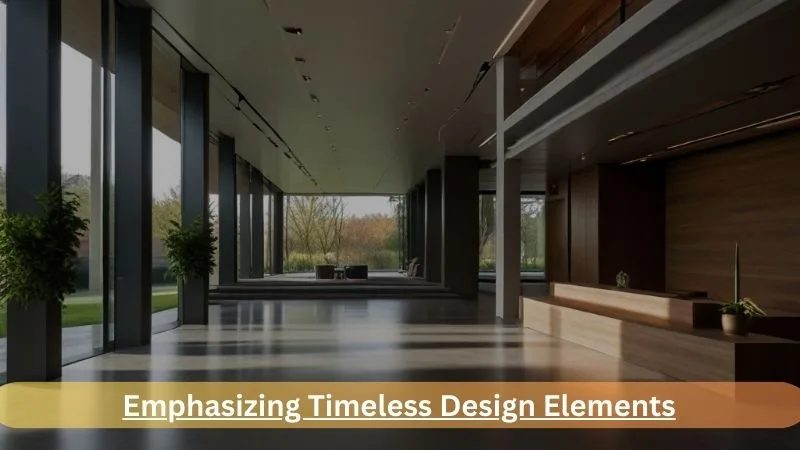
Simple architecture is the essence of timeless design that passes through fast trends and fads. Architects should focus on creating designs that can withstand time, including older architectural styles and materials that age beautifully. By avoiding trendy or gimmicky elements, architects can create spaces that retain their impact and appeal to future generations.
Promoting User-Centric Design:
User-centered design is essential when building a simple home, prioritizing the needs and experiences of residents. Architects should engage with end users throughout the design process, seek feedback, and incorporate their preferences into the final design. Architects can design areas that will help users’ lives by emphasizing comfort, accessibility, and usability.
Embracing Cultural Context:
Basic architecture should reflect and respond to the context of the culture in which it exists. When designing buildings and spaces, architects must consider local culture, traditions, and architecture to ensure the design is compatible with the surrounding people. By adopting cultural elements, architects can create designs rooted in their location and develop a sense of belonging.
Constant Iteration and Refinement:
Simple design is an iterative process that requires constant refinement and improvement. Architects should be open to feedback, learn from past projects, and look for opportunities to innovate and experiment. By using a continuous improvement strategy, architects can push the simple boundaries of architecture and create spaces that inspire, support, and last.
Conclusion:
As a result, architectural design has a holistic approach to creating value and being stylish and permanent [Simple architectural design]. Using principles such as minimalism, functionality, and sustainability, architects can create designs that enhance user experience, work environment, and technical content leadership. Through thoughtful planning, attention to detail, and a commitment to simplicity, architects can create spaces that encourage life, encourage Connection, and serve time.
Simple architectural design – FAQs:
Architecture is to create offices that suit the needs of customers.
Architectural design is the design and planning of structures where functionality and aesthetics are two essential process elements. The design must match the user experience and satisfy the project’s or the client’s needs.
Architecture is the practice of building structures from initial design to construction. Architectural design is strictly based on the design of the process.
The architectural name for building design is called Architecture. Building design and construction is an art and science that involves houses, buildings, monuments, and other physical structures.

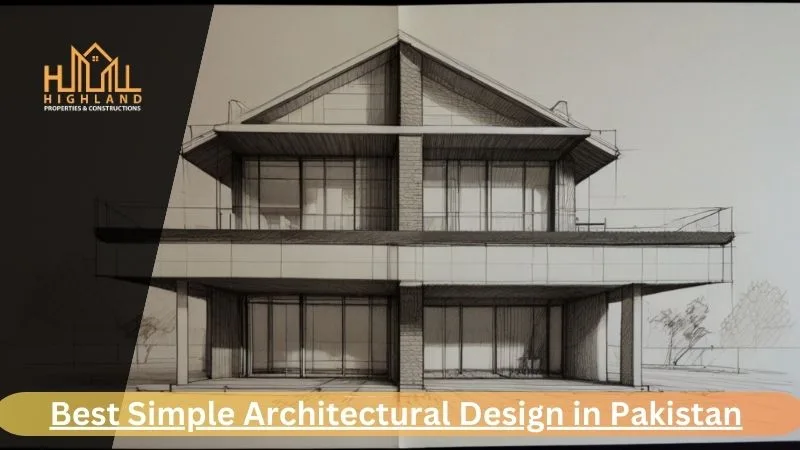
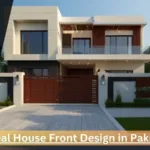
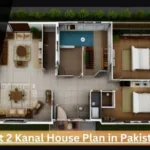
Leave a Reply